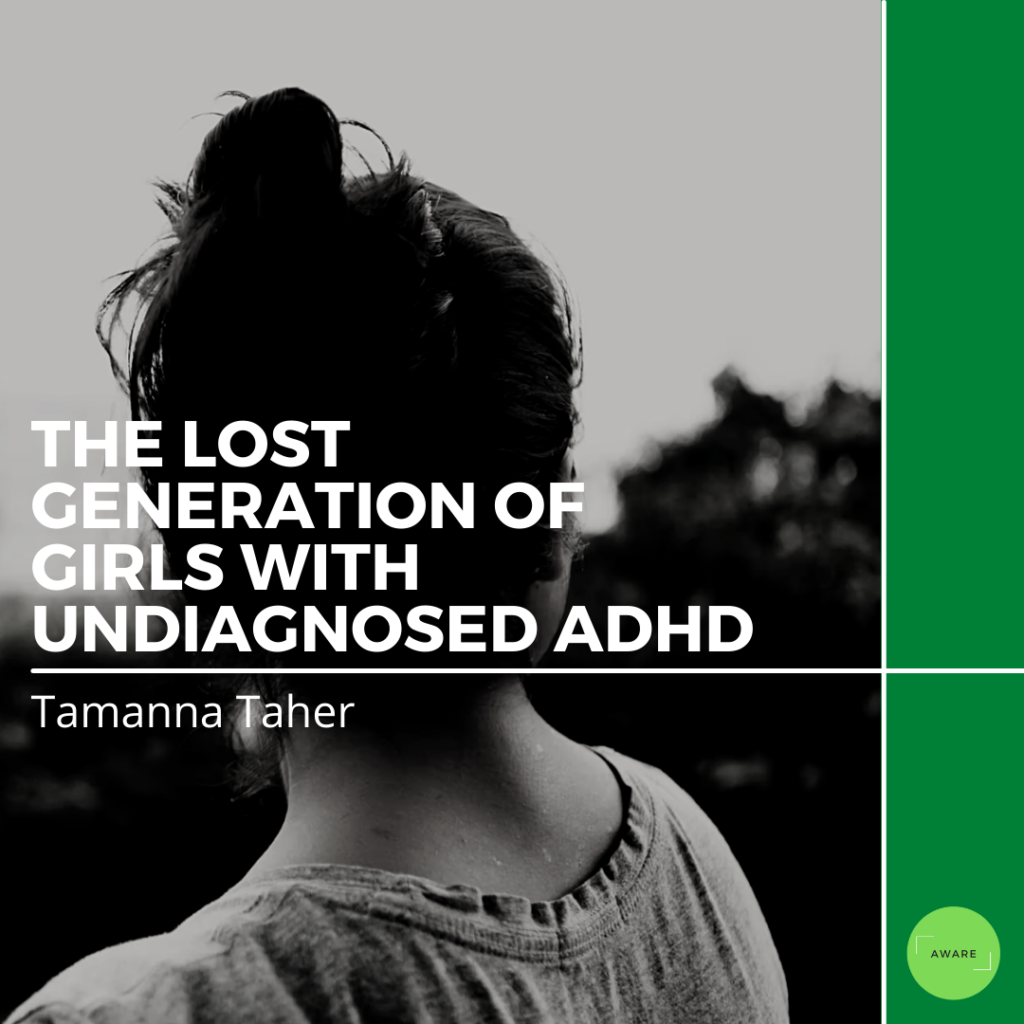“Oh, no. It is nothing. She just zones out a lot.”
“She is just daydreaming again.”
“Forget about it. She is just being dramatic.”
The word “just”, when placed in the context of describing thoughts, feelings, or behaviours, automatically minimizes what it is that they might be experiencing. Unfortunately, it is all too familiar to some of us when we attempt to discuss our mental health, and this has been especially true for women with Attention-Deficit Hyperactivity Disorder (ADHD). Not surprisingly, there is a major gap in psychological research examining women with ADHD, and this has denied many women of a proper diagnosis. It is estimated that there are about 4 million who are not diagnosed.
Surprise! What Is True For White Men Is Not True For All Women
Although there are many reasons for this, one of the main ones is that ADHD was first identified using samples of young white boys. Therefore, the original diagnostic criteria covered symptoms mostly present in white males, which isolated females who tend to experience different symptoms. For example, previously, ADHD was thought to be visible by the ages of 7, which was problematic as it may materialize much later in women. Moreover, while a decrease in symptoms at puberty is common for boys, the opposite is true for girls, whose symptoms intensify as estrogen increases in their system, thus complicating the general perception that ADHD is resolved by puberty. The consequences of omitting women as a sample from early literature in ADHD is finally being highlighted as what was previously thought to be a disorder that predominantly presents in males is now thought to be changing. Over the past two decades, statistical data has shown that a greater increase in ADHD was also observed among females at 55% than among males at 40%. As the important difference in symptoms between genders is finally being recognized, more and more women are able to receive a diagnosis and appropriate treatment. However, as of 2016, it was estimated that ADHD goes undiagnosed in women 75% of the time. On top of that, girls with ADHD are four times more likely to commit suicide and three times more likely to engage in self-harm. So, why is it that even with all of these statistics and data, women are still only receiving their diagnoses much later in life?
To Mask or Not to Mask
A reason for this is that women are inclined to mask their symptoms. Unfortunately, masking is not only common in women with ADHD but also other neurodivergent women such as those with autism. Sari Solden, author of Women and Attention-Deficit Disorder describes how, with ADHD, “often, if girls are smart or in supportive homes, symptoms are masked. Because they are not hyperactive or causing trouble for other people, they are usually not diagnosed until they hit a wall, often at college, marriage, or pregnancy. For a long time, these girls see their trouble prioritizing, organizing, coordinating, and paying attention as character flaws. No one told them that it is neurobiological.” Over the years, unfair societal expectations may have forced many women with ADHD and other mental health disorders into believing that their struggles are not valid or can be easily dismissed, causing them to mask their symptoms. Others have developed alternative coping mechanisms as a result of not receiving the diagnosis they deserve, which can be a highly isolating and confusing experience.
Although women are more likely to get a proper diagnosis for ADHD now than they were before, it is still a long time coming before the psychological literature and the diagnostic criteria truly reflect and capture the experiences of women with ADHD. However, this highlights why raising mental health awareness is so important. With more accurate information being available and more mindful conversations, we may be able to prevent another lost generation of girls.
Extra Brain Food
If you are interested in reading first-hand accounts of women and non-binary people who received their ADHD diagnosis much later in life, click here.
You can also check out this informational TED Talk.
